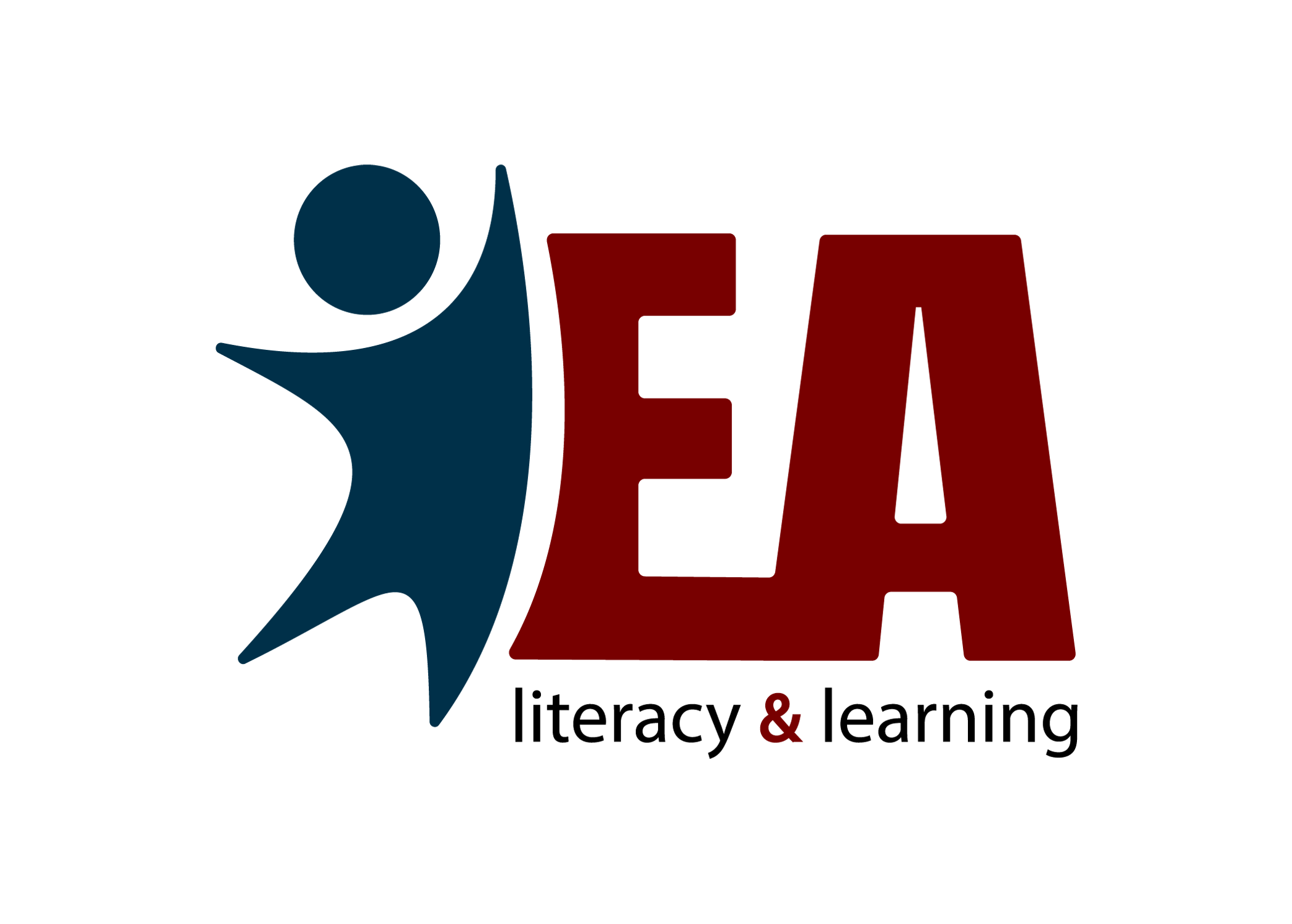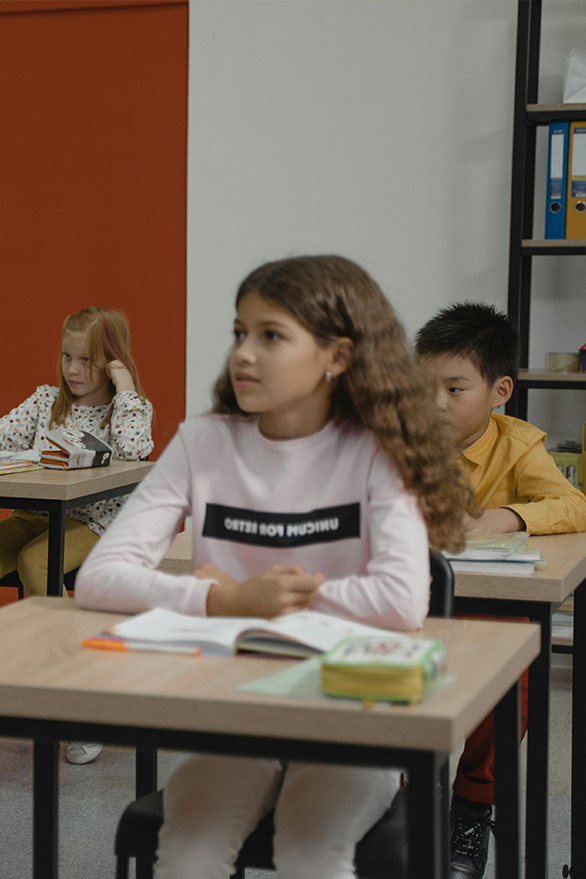The Link Between Early Language and Reading
Oral language development from birth to age 3 provides the foundation for communication, literacy, and long-term academic success. A robust body of research consistently demonstrates that early interactions, caregiver engagement, and rich language exposure are essential to fostering these critical early skills. Milestones From Birth to Age 3 Oral language emerges long before children speak their first words. During the …







